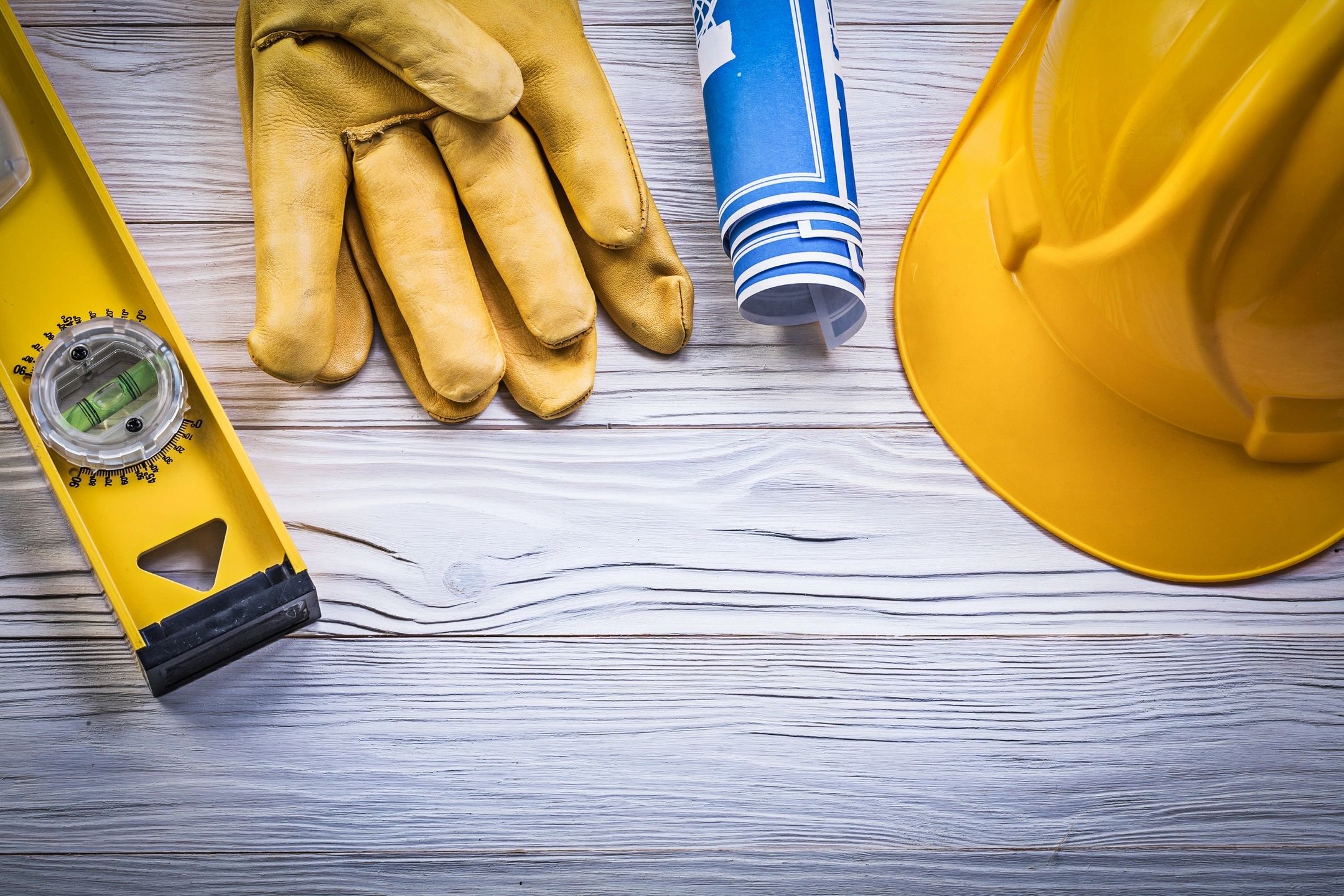DIY Personal Protective Equipment and Tools out of Household Items

In a global pandemic, everyone is urged to stay at home, do a strict home quarantine in an effort to suppress the further spread of the virus. But even if you stay in, you still have to be prepared to protect your home and the members of the household from any potential exposure to the virus.
The challenge comes as supplies of ready-to-use personal protective equipment (PPE) and tools are dwindling. Scores of people are hoarding them, hopefully for a far greater purpose, and this also affected the supply and inventory for hospitals and disease centers that really need them the most.
If you find yourself unable to get hold of PPE to help protect you and your household, you can make them yourself using household items that you may already have. While it cannot guarantee the level of protection that they can give, it still is better than having nothing at all to protect you.
Face masks out of fabric
There are debates as to how ineffective cloth face masks are. But to help keep the surgical face masks available to hospitals you can opt to go for the cloth face masks. Ideally, the masks, to be really effective, have to be made out of non-woven fabric – most common would be polypropylene.
You might not have that kind of fabric casually lying around the house. But you do have old shirts that you can make into face masks. There are many DIY videos on how to make face masks out of old shirts that you check. Learn how to do it and if you can make more face masks out of even just one shirt then you can make more for the rest of the household and others. Remember to wash your cloth masks after every use
Face shields out of large plastic bottles
If the virus has become a strong, invisible enemy, then you cannot go on the offensive. Rather, you can fight its spread by a defensive approach of protecting yourself from being contaminated. The face mask is the most basic of the PPE and it can be strengthened further if you add another layer of protection – the face shield.
This is a rather important PPE for medical frontliners who are dealing with infected patients, so it would be better to leave the supply to them. Don’t worry though since your large plastic soda bottle can be a close alternative. You can cut them out and attach them to a head frame that you can wear around your head. In an instant you can have a face shield.
Plastic coverall from black trash bags
If you are a medical frontliner and you don’t have the required coverall because of supply shortage, you can find a similar purpose for the commonly used black trash bags. Hospitals have tried this method as urgency calls for it. The genuine medical coveralls are made out of high quality micro-porous laminated material. Trash bags may pale in comparison but then again, it is better than nothing.
Some hospitals have resorted to using this to equip them somehow when they deal with the infected patients.
Footbath from worn-out carpets
You might find footbaths in a bio-security system for food manufacturing and livestock farms. The reason for having that is for germs not to be brought in to the facility or be brought out of the facility. This principle will also work in our homes. Our shoes gather more germs and dirt than you can imagine. Thus, it’s a precautionary measure to disinfect your shoes before going into the house.
You don’t need to install a complex bio-security foot bath. A shallow plastic bin, say a dog tray, with a worn-out carpet laid in, can do the job. You just pour over your DIY footbath a disinfectant solution – usually, a water and bleach solution. Check from day to day that it has not dried up. If already dried up, you can again pour a disinfectant solution.
Hand sanitizer from alcohol, hydrogen peroxide and glycerin
You cannot replace hand washing with sanitizers and alcohol. It has been proven and stated time and again that the best way you can prevent a virus from spreading is to wash your hands. But of course, if you have to always be moving around without easy access to soap and water then a hand sanitizer is a very handy companion.
The WHO came up with a formulation so you can make your own hand sanitizer. This was scaled down to produce about enough for a household:
- 1 cup isopropyl alcohol (99% is the recommended concentration; you can use 70% but you might come up with a product that is not compliant to the recommendations by WHO and the Centers for Disease Control and Prevention)
- 1 tablespoon 3% hydrogen peroxide (add this to the alcohol)
- 1 teaspoon 98% glycerin (this is thicker than alcohol and hydrogen peroxide so you will need to keep on stirring until everything is combined, or if your container comes with a lid, you can seal and shake it instead)
- ¼ cup of distilled water (pour this in to the solution)
Keep Safe and Stay at Home if You Can
Again, in a global pandemic, the best way to keep the virus from spreading is if we stay home. This is the usual call of governments and health departments to keep everyone safe and away from the virus infection. Keep your homes clean, disinfect daily if you must. Also, establish your own safety and disinfecting protocols as your way of protecting your household. It may sound like playing a broken record, but wash your hands frequently and stop touching your face. This will all be for the best.
